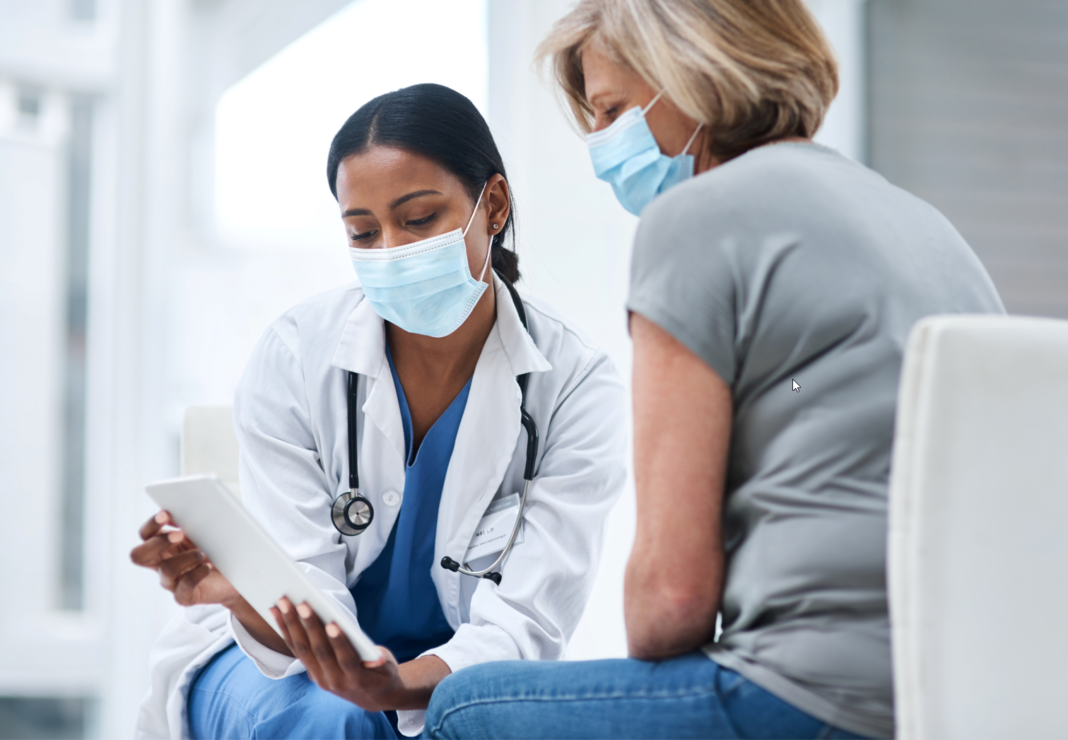COOKEVILLE — May is National Women’s Health Month, an observance led by the U.S. Department of Health and Human Services Office on Women’s Health.
The goal is to empower women to make their health a priority and help women understand what steps they can take to improve their health.
“Getting these necessary exams is essential in preventing bigger problems down the road,” said Paul Korth, Cookeville Regional Medical Center CEO. “We have all the resources needed to get these done here.”
Women’s health is complex. There are many health concerns impacting women. Here are a few:
- Heart disease. Heart disease is the number one cause of death for women. Symptoms are sometimes different than what a male might experience. Those include chest pain, shortness of breath, weakness in the arms, nausea or vomiting.
- Stroke. Each year, stroke affects 55,000 more women than men. Symptoms include difficulty with speech and numbness of extremities (remember FAST: facial drooping, arm weakness, speech difficulty and time to call 911). There is also a link between pregnancy and stroke. May is also preeclampsia awareness month. At least 5-8% of pregnancies are affected by preeclampsia, which is a rapidly progressive condition characterized by high blood pressure and presence of protein in the urine.
- Diabetes. This does increase the risk for heart disease by four times in women. Women are also more susceptible to diabetes-related complications, such as blindness, kidney disease and depression. Diabetes can also cause difficulties during pregnancy. To lower your risk for type 2 diabetes, try to maintain a healthy weight, exercise frequently and quit smoking.
- Maternal health issues. From iron-deficiency anemia to high blood pressure, the changes a woman experiences during pregnancy can impact a woman’s health. During pregnancy, it’s recommended women have adequate nutrition and take preventive measures by getting appropriate vaccinations.
- Urinary tract infections. These happen when germs get into the urethra and start to multiple. These are particularly common in women, as they have a shorter urethra than a man. This decreases the length bacteria has to travel in order to reach the bladder. Symptoms include frequent urination, pain or burning when urinating, and cloudy urine. While a UTI can go away on its own, a physician can prescribe antibiotics if necessary.
- Sexual health. There are more than 30 types of sexually transmitted infections, which the most common being the human papillomavirus, HPV. There are more than 100 types of HPV, with at least 14 linked to cancer. But with the invention of the Pap smear, providers can detect precancerous cells and deliver treatment to eliminate them.
- Breast cancer. Second only to skin cancer, breast cancer is the most common cancer in American women. American women have a 12% chance of developing breast cancer in their lifetime. Monthly self-exams can help you identify any changes in your breasts, along with a yearly mammogram starting at the age of 40.
- Osteoporosis. This is a disease that causes your bones to weaken, making them susceptible to fractures. Postmenopausal women are at higher risk for fractures associated with osteoporosis. Other risk factors include certain medications, early menopause, a low body mass index, cancer treatment and genetics. You can offset these risks by increasing your calcium intake, staying active with appropriate weight-bearing exercises and avoiding smoking and excessive alcohol use.
- Alzheimer’s disease. This is a form of brain degeneration. Of the 5 million Americans living with Alzheimer’s disease, more than two-thirds are women. Healthy lifestyle choices, like staying active and eating a healthy diet, can promote optimal brain health.
From ages 20-49, women should visit their primary care provider every 1-3 years for a complete check-up. This includes a physical exam, skin exam, clinical breast exam, cervical cancer screening, blood pressure check, body mass index check and lab testing.
Once you turn 50, your screenings should be yearly. Physicals will also include annual mammograms and colorectal screenings.
Bone density testing is recommended to begin at 65 for women with no risk factors.









